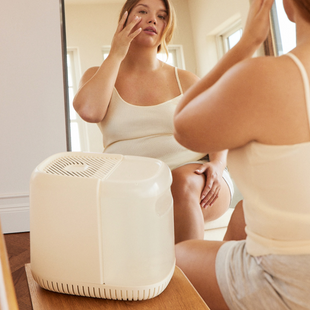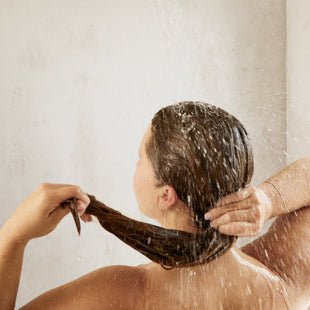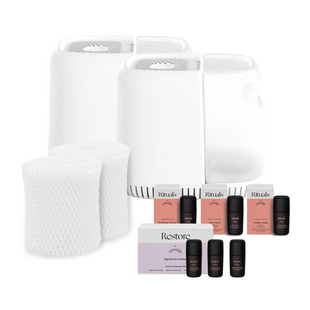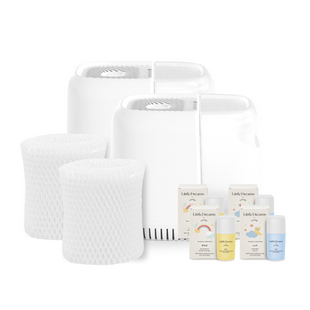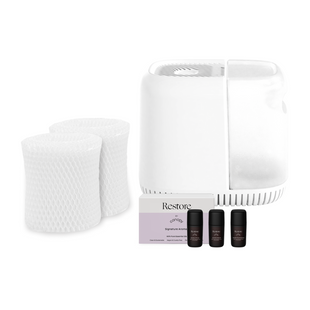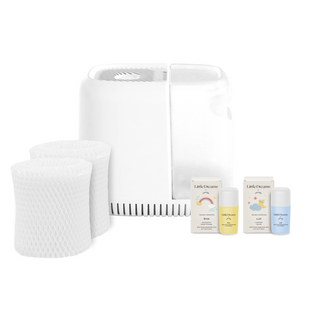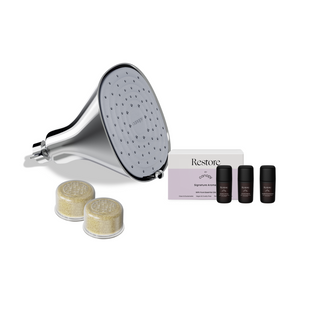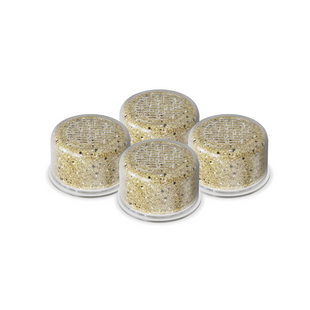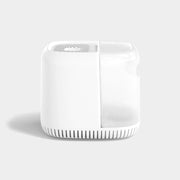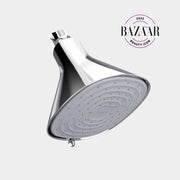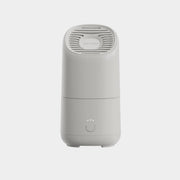Essential oils have been used for their medicinal and therapeutic properties for thousands of years.
Ancient Egyptians in as early as 4500 B.C. used essential oils in perfumes, body oils, and various cosmetics. Fast forward a few thousand years and the famous Greek philosopher Hippocrates claims that “the way to health is to have an aromatic bath and a scented massage every day” in 500 B.C.
Long story, short: essential oils are not going anywhere any time soon. In fact, new technologies of the 21st century have contributed to the advancement of essential oil extraction that allows for essential oil users to really benefit from the therapeutic value of plants, flowers, and fruits.
What are Essential Oils?
Essential oils are highly concentrated “essences” of plants. This essence is extracted through a process of distillation or mechanical pressing, which uses high force to extract liquids.
The result of this distillation or pressing process is an extract that either magnifies or retains the aroma of the plant. A drop of rose essential oil smells like a bunch of roses. A drop of lemon essential oil smells like a bundle of lemons. In fact, essential oils really do contain a high volume of the original source; to create just one pound of lavender essential oil requires 220 pounds of lavender flowers.
Since the essential oil distillation process draws the pure oil essence from plants, the therapeutic value of essential oils is particularly powerful.
How Do Essential Oils Work?
The scent molecules from essential oils make their way up the nasal passage, during which they stimulate the olfactory nerves and travel to the brain. The amygdala, our emotion regulator, is directly impacted by these scent molecules, which contributes to the especially powerful effect of aromatherapy.
Each essential oil, whether floral, citrus, or woodsy boasts a wide range of health benefits. Since essential oils are exceptionally concentrated, the naturally therapeutic value extracted from the particular plant, flower, or rind takes center stage.
To elucidate just how impressive essential oils are, we will take a closer look at three popular essential oils: bergamot, cedarwood, and lavender.
Bergamot Essential Oil

Bergamot essential oil comes from the rind of a bergamot orange. The scent is citrusy and bold, akin to a blood orange, lemon, or lime essential oil.
Bergamot essential oil has the following therapeutic uses:
- Elevates mood
- Alleviates stress
- Reduce anxiety
- Nasal decongestant
- Antiseptic
- Antibacterial
In a Phytotherapy Study from 2011, researchers found that bergamot essential oil affected users at a biochemical level. This powerful essential oil was able to mitigate stress and anxiety by reducing the corticosterone response to stress.
Cedarwood Essential Oil
Cedarwood essential oil is extracted from the wood pieces of a cedar tree. This essential oil is woodsy, deep, and rich with the power to transport you to beautiful, peaceful wood scenery.
Cedarwood essential oil is commonly used for the following benefits:
- Reduces stress
- Relieve tension
- Use as a sedative
- Improved focus
- Reduces inflammation
- Antispasmodic (can help to relieve coughing)
- Antifungal
- Insect repellent
In a 2003 Planta Med study, researchers found that the use of cedarwood essential oil reduced feelings of stress as a result of its sedative properties.
Lavender Essential Oil

Lavender essential oil is by far one of the most popular essential oils. You can find lavender essential oil in soaps, shampoo, baby products, household cleaners, and many other personal care products.
Lavender essential oil is extracted from the Lavandula angustifolia plant. Lavender essential oil has a calm, fresh scent that is identifiable in almost any setting.
Lavender essential oil has the following therapeutic properties:
- Promotes relaxation
- Reduces anxiety
- Reduces allergy symptoms
- Used as an antidepressant
- Antispasmodic
- Used as a sedative
In a randomized control trial conducted by Nursing in Critical Care, researchers observed the effects of using lavender essential oil as a sleep aid for patients in the coronary intensive care unit. The result? Patients who inhaled lavender for 15 days showed observable differences in the quality of their sleep compared to patients who did not inhale lavender.
How to Use Essential Oils
Essential oils sound great and all, but where do you start?
The two most common ways to use essential oils is through inhalation or “aromatherapy” and topical application. Whether you prefer to diffuse a blend of your favorite essential oils or apply a few drops to your go-to body lotion, the benefits are numerous.
Aromatherapy

Once in a while and quite unexpectedly, we encounter a magical moment when the wind blows a specific scent in our direction. We breathe it in, deep, and it takes us into a distant memory or reminds us of a special someone…
Essential oil aromatherapy plays into our ultra-powerful olfactory system otherwise known as our sense of smell. A 2005 study conducted by Evidence-Based Complementary and Alternative Medicine researchers found that aromatherapy impacted the central nervous system by reducing stress and anxiety, relieving symptoms of depression, calming, and, in some cases, increasing energy.
Aromatherapy uses either active or passive diffusion to create a therapeutic effect. Ultrasonic or evaporative diffusers are the most common source of aromatherapy; an ultrasonic diffuser disperses water with essential oil droplets into the air in the form of a fine mist. Although common, ultrasonic diffusion can pose health risks due to bacteria, particles and dust being spewed into your air. Evaporative diffusion is the healthiest, safest way to diffuse. Canopy Humidifier has a built-in evaporative diffusion feature, providing easy, clean diffusion. Evaporative diffusion is the healthiest, safest way to diffuse.

